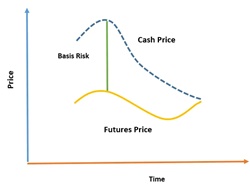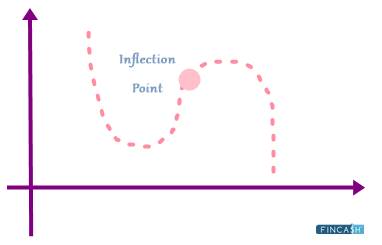Basis Point (BPS)
What are Basis Points (BPS)?
Basis point (BPS) refers to a common unit of measure for interest rates and other percentages in finance. The "basis" in basis point comes from the base move between two percentages, or the spread between two interest rates. As the changes recorded are usually narrow, and because small changes can have outsized outcomes, the "basis" is a fraction of a percent. One basis point is equal to 1/100th of 1%, or 0.01%, or 0.0001, and is used to denote the percentage change in a Financial Instrument.

The relationship between percentage changes and basis points can be summarized as follows: 1% change = 100 basis points, and 0.01% = 1 basis point. Basis point is typically expressed in the abbreviations "bp", "bps", or "bips."
Basis Points
| Basis Points | Percentage Terms |
|---|---|
| 1 | 0.01% |
| 5 | 0.05% |
| 10 | 0.1% |
| 50 | 0.5% |
| 100 | 1% |
| 1000 | 10% |
| 10000 | 100% |
Talk to our investment specialist
Converting Basis Points to Percentages
The easiest way to convert basis points into a percent form is by simply taking the amount of basis points and multiply by 0.0001, which will give the percent in decimal form. So if you have to convert 242 basis points into a percent, simply multiply 242 by 0.0001. This will give you 0.0242, which is 2.42% (0.0384 x 100).
This can also be done in reverse to find out the number of basis points that a percent represents by dividing the percent (in decimal form) by 0.0001. For example, say the rate on a bond has risen 1.21% simply take 0.0121% (1.21%/100) and and divide by 0.0001 to get 121 basis points.
All efforts have been made to ensure the information provided here is accurate. However, no guarantees are made regarding correctness of data. Please verify with scheme information document before making any investment.












